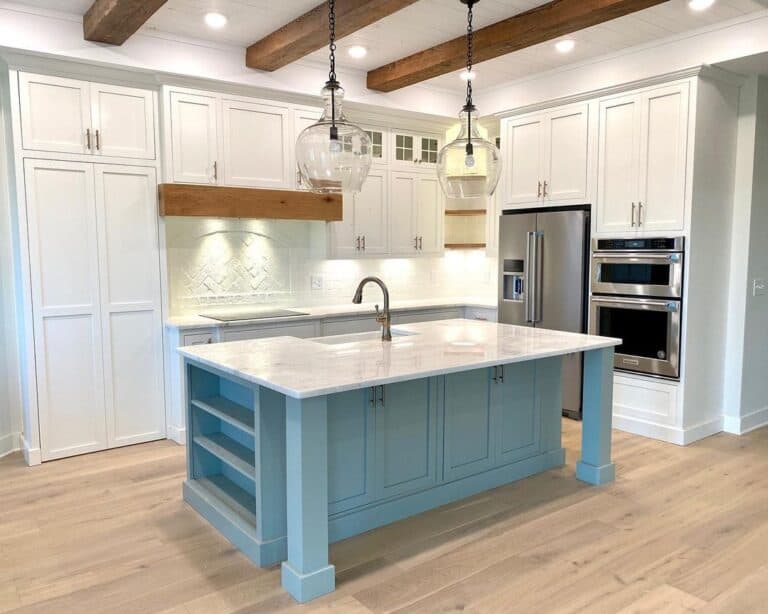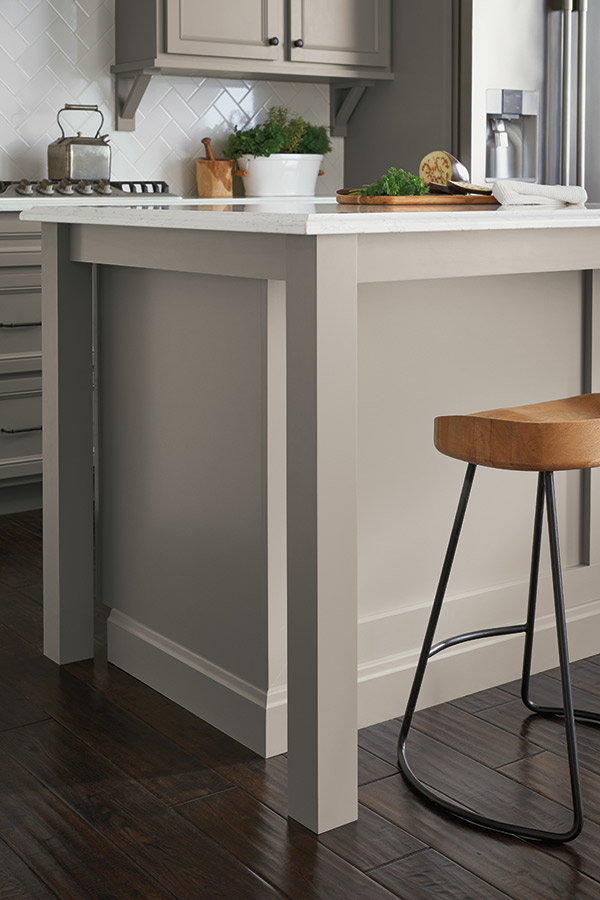Explore Timeless Options in Classic Legs For Kitchen Island Designs
Explore Timeless Options in Classic Legs For Kitchen Island Designs
Blog Article
Necessary Factors to Take Into Consideration When Picking Legs For Cooking Area Island
Choosing the ideal legs for a kitchen island includes a cautious assessment of multiple elements that can significantly influence both performance and aesthetic charm. Among these, the selection of product plays a pivotal role in making certain longevity, while the layout has to match the existing decor. Considerations such as elevation and weight support are important for security and convenience. As we check out these elements, it ends up being clear that each choice can have significant ramifications for the overall kitchen experience. What nuances should be considered in each of these classifications to accomplish the ideal equilibrium?
Material Options
When picking legs for a cooking area island, understanding the different product alternatives is essential for accomplishing both visual allure and structural integrity (Legs For Kitchen Island). The selection of product dramatically affects not just the toughness of the island however also its overall design and functionality
Wood is a popular selection, offering warmth and adaptability. Solid woods, such as oak or maple, offer toughness and can be stained or painted to match the kitchen decoration. Metal legs, frequently made from stainless-steel or wrought iron, add a contemporary and commercial feel while making certain resilience and stability. These materials are resistant to wear and can support considerable weight, making them suitable for bigger islands.
An additional option is crafted materials, like MDF or plywood, which can be much more cost-effective while still offering a range of coatings. They might not provide the very same level of stability as solid wood or metal. Legs For Kitchen Island. Products such as acrylic or glass can develop a contemporary appearance, though they may require added assistance to ensure security.
Inevitably, the choice of material for kitchen area island legs should align with the preferred functionality and the general motif of the kitchen area.
Design and Design

When considering style, the form and finish of the legs are important. Conical legs can offer a feeling of agility and sophistication, while thicker, extra durable legs can convey toughness and security. Furthermore, the surface-- be it painted, stained, or natural-- should complement the cabinetry and counter top products to develop a unified appearance.
Furthermore, the design of the legs can likewise mirror personal taste. Customized or decorative legs, such as those including complex makings or one-of-a-kind geometric shapes, can function as prime focus, including character and personality to the cooking area. Eventually, the right option will certainly not only enhance performance however also boost the visual allure, making the kitchen area island a standout function of the home.
Elevation Factors To Consider
Choosing the ideal elevation for cooking area island legs is important, as it directly affects both functionality and convenience. The standard height for a kitchen island commonly ranges from 36 to 42 inches, aligning with typical countertop elevations.

It is additionally vital to make up users' choices and heights. Personalizing the height can make certain a comfortable experience for all member of the family, making the kitchen area island a more useful and delightful area.
Weight Support
Ensuring adequate weight support for cooking area island legs is vital for both safety and security and performance. The cooking area island frequently serves several functions, including cooking, dining, and extra storage, demanding a robust support structure. When choosing legs, it is critical to take into consideration the general weight capacity called for based on the island's meant usage and the products that will certainly be put on it.
The choice of material for the legs plays a considerable role in their weight-bearing abilities. Strong timber, steel, and durable composites normally give premium strength compared to lighter products. Furthermore, the layout of the legs-- whether they are straight, tapered, or have a pedestal type-- can influence their ability to distribute weight successfully throughout the structure.
In addition, the leg placement should be purposefully planned to improve stability. Legs placed at the corners or with a wider base can much better support heavier tons. Constantly consult the producer's requirements regarding lots limits to make sure that the legs can sustain the intended weight without endangering safety and security. In summary, selecting kitchen island legs with sufficient weight support is important for producing a secure and functional cooking space.
Installment and Maintenance
Appropriate setup and maintenance of cooking area island legs are essential for making certain durability and stability. To begin, it is vital to comply with the maker's standards during installment. This typically involves protecting the legs to the island base utilizing appropriate bolts, making certain that the legs are degree and lined up. Making use of a degree device can assist prevent tottering and boost the total aesthetic charm of the cooking area island.
As soon you can try this out as mounted, normal upkeep is needed to maintain the stability and appearance of the legs - Legs For Kitchen Island. For wooden legs, periodic cleansing with a moist cloth and application of suitable timber gloss can stop dampness damage and maintain their surface. Metal legs might require a mild cleaning go to the website remedy to remove grease and gunk, adhered to by a dry towel to avoid rust formation
In addition, evaluate the legs routinely for signs of wear or damage, such as cracks or loose joints. Tightening screws or screws as needed can additionally lengthen the lifespan of the legs. By sticking to these setup and maintenance techniques, home owners can make certain that their cooking area island remains tough and visually appealing for years ahead.
Final Thought

Aesthetic coherence is extremely important in choosing the design and style of legs for a kitchen island, as these components substantially affect the general ambiance of the space. Conical legs can provide a sense of lightness and style, while thicker, much more durable legs can share strength and stability.Selecting the suitable height for cooking area island legs is crucial, as it directly influences both functionality and comfort. In recap, choosing cooking area island legs with ample weight support is important for developing a practical and secure culinary room.
In final thought, picking legs for a kitchen area island demands mindful factor to consider of numerous aspects, including material choices, design, elevation, weight support, and installation.
Report this page